When most of us were new to teaching, we clung tightly to our lesson plans or manuals provided to us by our schools. As time passed, we were able to set those things aside and just teach since the curriculum becomes part of our bones when we’ve been teaching long enough.
More than knowing the curriculum, good teaching means knowing, understanding, and having a deep respect for children. Having this kind of child-centered approach allows for truly responsive instruction to occur.
Melanie Meehan and Kelsey Sorum have structured their new book, The Responsive Writing Teacher (Corwin, 2021) by thinking about four domains across every chapter of the book, which takes a deep dive into colecting information about student writers, planning, charts, mentor texts, demonstration texts, and tools/resources. The four domains of responsiveness are:
Regardless of where you are in your teaching career, Melanie and Kelsey’s book is one that you will want to have in your your TBR professional stack since it will propel you to new heights by providing you with the ideas, strategies, and tools that you need to become a more responsive teacher of writers. In each chapter, you’ll find multiple entry points for finding ways to customize your teaching in practical ways. A “Tip for Tomorrow” feature pops up across chapters and domains and provides you with practical ways to implement what you’re reading about the very next day.
Rather than take you through The Responsive Writing Teacher chapter-by-chapter, I’ve asked Melanie and Kelsey questions about each chapter in their book. I hope it gives you a taste of the thoughtful, comprehensive resource they’ve created.
Stacey: You wrote about building connections with caregivers as a means to understanding the writers in a classroom. Since the end of the academic school year is approaching, would you talk more about the ways in-person visits or conversations, done during the summertime, can help build school-to-home connections for the school year?
Kelsey: After two years with the same class, my co-teacher and I still think of our initial “family visits” as some of the most memorable, formative, and trust-building moments for which relationships with caregivers began. Caregivers had a choice of meeting us in their home or in a favorite neighborhood spot, and if those weren’t an option, we met them at the school playground. We gained valuable insight about family culture and dynamics outside of the classroom. Now that Zoom is an option, I’m thinking about how meeting with caregivers in their own environment(s) is even more accessible. In initial meetings, begin with open-ended questions (e.g., What are your hopes and dreams about your child?), then move into more specific and logistical questions (e.g., What do you and your child enjoy doing together? What are important aspects of your family’s identity? What’s the best way for us to communicate with you?).
Stacey: Too often, differentiated instruction is about pull-out support, extended time, or graphic organizers. In chapter two, you showcased multiple ways to plan responsive instruction across all four domains. Would each of you highlight one thing an educator reading this interview could implement tomorrow to be a more responsive writing teacher?
Melanie: The more teachers understand prerequisite skills that have to be in place in order to learn something new, then the more they can shift the cognitive work from themselves to students through academic responsiveness. A lot of times it’s not a heavier scaffold a student needs; it’s a stronger foundation. Success is exciting to learners, while dependence is not. Studying learning progressions in order to identify entry points for success is something to implement–even before tomorrow.
Kelsey: Before planning, I make a list of any recent shared experiences, interests, and topics of conversation and play. Then, I map out where these can be incorporated in the contexts of learning, in connections to writing, in classroom tools (i.e., charts, mentor texts, demonstration texts), and in share sessions. This practice helps me ensure that I begin with kids first, then sculpt the curriculum to be more relevant, reflective, and engaging through cultural and social-emotional responsiveness.
Stacey: Let’s talk about charts. Chapter three explains the purpose of multiple types of charts and provides stellar examples of each one. Talk more about how you got stronger at creating charts that hold meaning and value to the writers you teach.
Kelsey: When making charts more responsive, modifications can be made to pre-existing charts or new charts can be made. Having an understanding of the different kinds of charts, and their purposes, is essential for doing either of these. Charts are tools, and in the same way people learn the name of a tool, what to use it for, and how to use it, kids can learn the name of charts, what to use them for, and how to use them. Here is a table that defines various kinds of charts to use in writing instruction.
Melanie and I share practices that have helped each of us become more efficient and responsive chart-making in Tips for Tomorrow.
Stacey: I appreciated your discussion of selecting mentor texts for social-emotional responsiveness, which is crucial given the challenges of the past year-plus. Would you share some of your thinking about this and how you select texts with SEL in mind?
Kelsey: When Melanie and I consider social-emotional responsiveness within the context of mentor texts, we think about student engagement — that is, aligning relevant topics and interests of students with texts, and supporting social-emotional development through texts that can help students in their relationships with themselves, with peers, and their communities. This work, as with any area of responsiveness, begins with centering student identities, perspectives, and experiences: What topics/experiences have been connecting students and/or a source of engagement? What problems are students facing in school and in their communities? What habits of mind are at play as they write and attempt difficult tasks? What feelings and emotions have they been expressing? Beginning with these questions helps narrow the search of texts that can serve as mentors. Since it’s an effective practice to reread mentor texts several times before studying it as writers, provide many opportunities for students to talk about and reflect upon the content of the text, in relation to SEL. It’s an added bonus to learn from the author through recorded interviews found online, social media, or to send them questions about decisions they made, challenges they faced, and strategies that helped them while writing the text.
Stacey: Demonstration texts are different from mentor texts. First, would you explain how they differ. Second, would you showcase how you’d demonstrate a skill across a progression with a demonstration text you’ve created so as to offer multiple entry points to students?
Melanie: Mentor texts are usually published, and therefore they may demonstrate not only the skills students are learning, but many other features and craft moves, as well. While mentor texts can be inspirational, they can also be beyond what students can approximate, and that can be intimidating rather than inspiring. Teachers create demonstration texts that show and focus on the skills, text features, and craft moves that students are learning. My favorite demonstration texts are ones teachers create themselves that target a specific skill they are teaching students. That way the focus is on that one skill. When a teacher targets a specific skill, it becomes more possible to offer multiple entry points as well. Just recently, I created one for fourth graders working through an opinion unit. They all love slime, so I wrote the essay about the benefits of slime, capturing their interest while strategically tucking in messages about the importance of paying attention since playing with slime can help me focus. To offer them a progression for the introduction, Through this writing piece, I had academic entry points with a topic that fascinated students– and even provided a message about self-monitoring focus and attention.
Stacey: Talk about ways you’ve been able to inspire striving writers to create some of their own tools.
Melanie: As in many aspects of life, it’s easy to get caught up in how things look as opposed to how things work. Tools aren’t effective unless they’re used, and sometimes the best tools are the ones kids make themselves, even if they’re not perfect. Ultimately, students will need to take notes and make meaning out of information on their own, so the more practice they can get, the better.
I love handing students a piece of cardstock after a conference or small group lesson and asking them to create a tool that helps them remember what I taught. Once students realize that this is a predictable routine, they pay more attention and they create meaningful artifacts. It’s fun to listen to them explain their thought process and creativity. Keyrings work really well to help keep tools in one place.
The Responsive Writing Teacher provides educators with the next step to becoming the ultimate writing teacher. If you’re a regular reader of Two Writing Teachers, then this is the book you’ll want to have this book in-hand as you plan for the next school year.
Giveaway Information
- This giveaway is for a copy of The Responsive Writing Teacher. Many thanks to Corwin Literacy for donating a copy for one reader.
- For a chance to win this copy of The Responsive Writing Teacher, please leave a comment about this post by Monday, April 26th at 11:59 p.m. EDT. I’ll use a random number generator to pick the winners, whose names I will announce at the bottom of this post, by Wednesday, April 28th. You must have a U.S. mailing address to enter the giveaway.
- Please be sure to leave a valid e-mail address when you post your comment, so I can contact you to obtain your mailing address if you win. From there, my contact at Corwin will ship your book out to you. (NOTE: Your e-mail address will not be published online if you leave it in the e-mail field only.)
- If you are the winner of the book, I will email you with the subject line of TWO WRITING TEACHERS – RESPONSIVE WRITING TEACHER. Please respond to my e-mail with your mailing address within five days of receipt. Unfortunately, a new winner will be chosen if a response isn’t received within five days of the giveaway announcement.
COMMENTS ARE NOW CLOSED.
Edited on 5/3/21:
Jill Kurash is the winner of a copy of The Responsive Writing Teacher. (Unfortunately, the original winner didn’t respond to my initial email so a new commenter was chosen using a random number generator.)

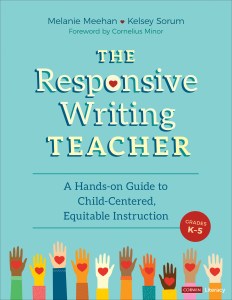
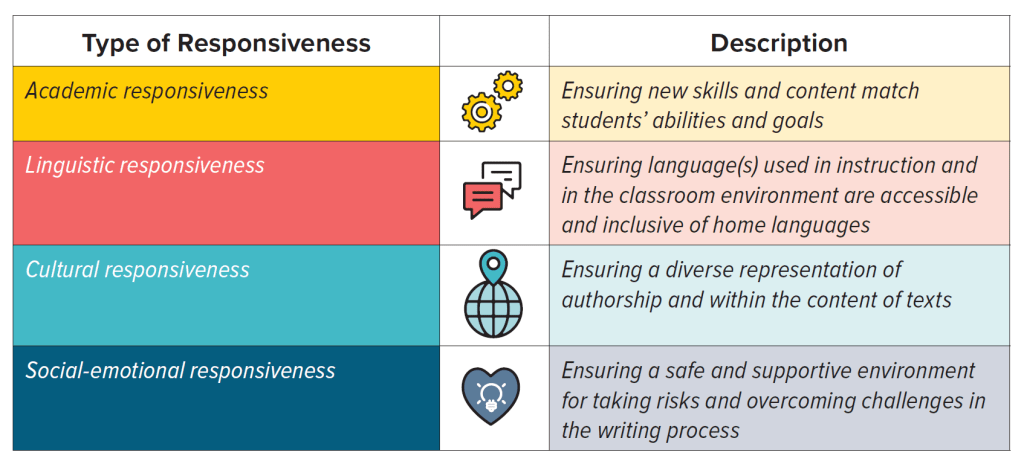
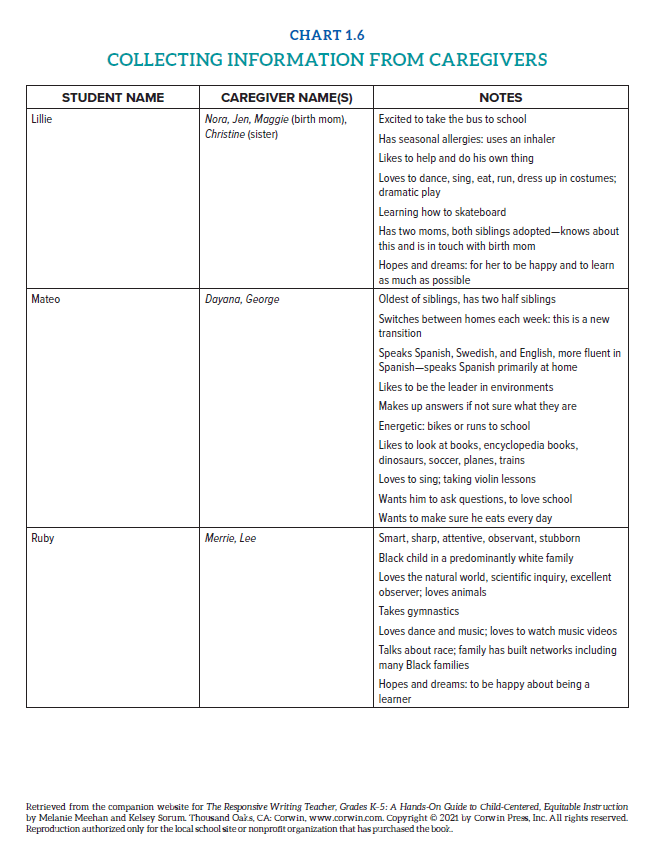
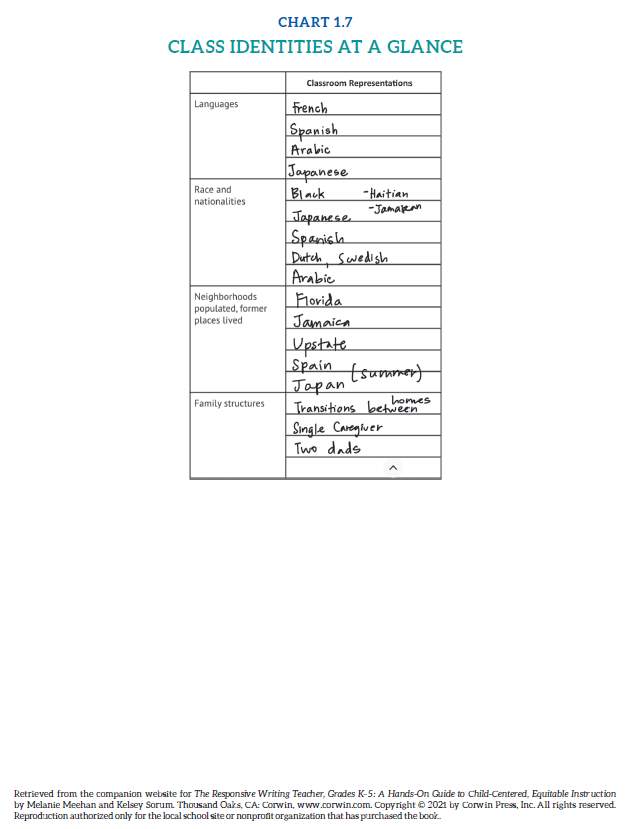
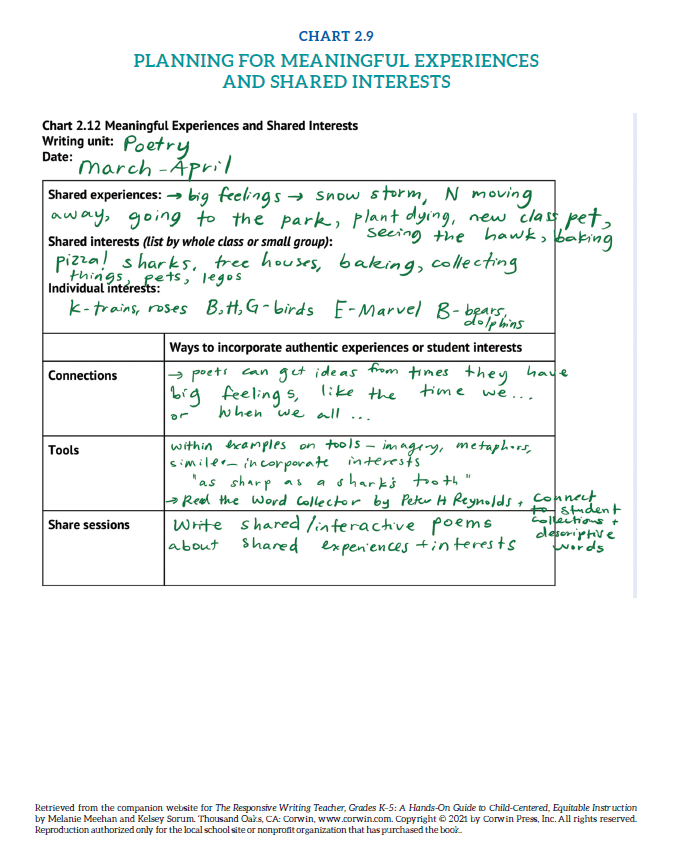


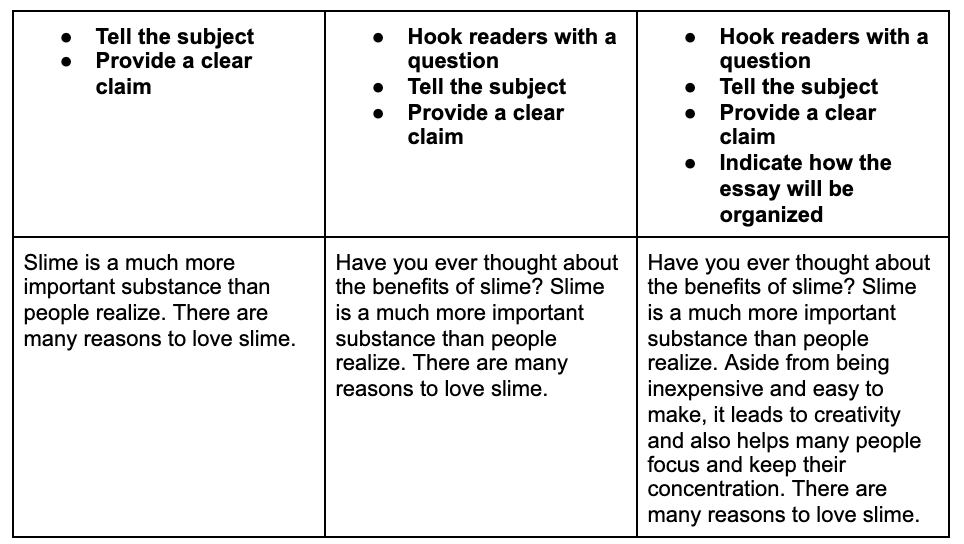
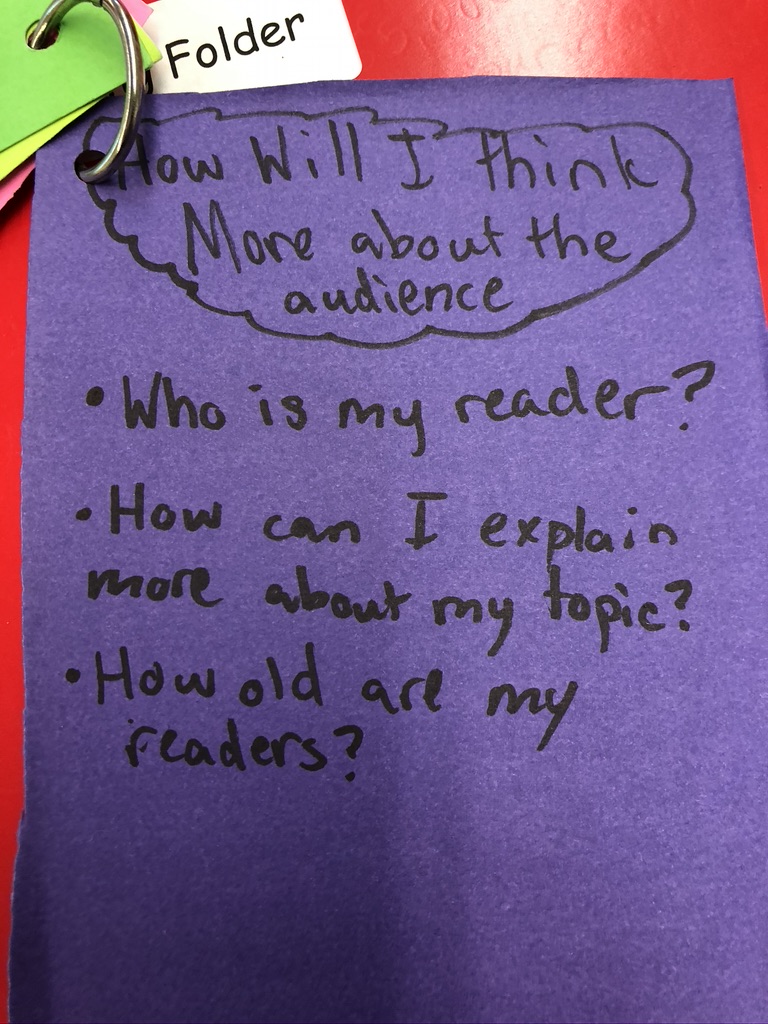


What an amazing new resource! I love seeing some of my social media friends in this comment conversation. There may be lots of teachers out there, but it’s a tight-knit community!
LikeLiked by 1 person
This book seems like an amazing resource and I am looking forward to reading it. I am particularly interesting in learning more about how students create their own tools to guide them in their writing. This strategy seems as if it will help the student to better understand and internalize the teaching point. Thanks for the review!
LikeLiked by 1 person
Thank you for the opportunity to win this wonderful resource! I’ve heard such great things!
LikeLiked by 1 person
Such an amazing resource. I’ve been reading all week during my break and now pages are marked, post-it noted, and I’m ready to get started on Monday with lots of exciting changes. Thank you, Kelsey and Melanie!
LikeLiked by 2 people
I’ve added it to my Amazon cart!
LikeLiked by 2 people
So much knowledge about scope and sequence as well as practical advice for responding to students to move them forward. A wonderful addition to any professional library. Congrats, Melanie and Kelsey, your hard work is a gift to us all.
LikeLiked by 1 person
This post definitely grew my thinking about how I can be responsive to my students. Thank you for piquing my interest in an important topic, as well as in an inspiring and helpful book!
LikeLiked by 1 person
This looks like a fabulous resource! I’m especially interested in the discussion of charts and student-created tools. The “Tips for Tomorrow” sound great as well. Thanks for an opportunity to win this resource and congratulations to the authors!
LikeLiked by 1 person
I am so looking forward to reading this book! I have been shifting my thinking about writing instruction a lot lately. This book fits into my zone of curiosity!
I will certainly be adding this book to my cart!
LikeLiked by 1 person
I loved Melanie’s first book and this one looks amazing as well. Even if I am not chosen to win a copy, I will certainly be purchasing it. Thank you!
LikeLiked by 1 person
Just the brief snippets of resources that are included seem amazing! I am always looking for new ways to help my teachers become better teachers of writing.
LikeLiked by 1 person
Wow- I had read today’s (April 19) blog first on vocabulary. So when I went back to catch up on this blog and saw it was more from the same book, I was excited. I learned so much I am already taking away to use! Getting the book for sure! Thanks!
LikeLiked by 1 person
I was just having a conversation with teachers about charts and the importance of them being tools versus wallpaper. I can’t wait to share this with them, and hope that they see this since many of them started to follow you after our time together! Thank you for such a timely and relevant post!
LikeLiked by 2 people
Right from the start of this post I was cheering for this child-centered approach to writing. It’s all about the writer, knowing how to respond and where to guide next steps… I am also thinking (reminded, really) how vitally important writing is to social-emotional wellness even for our youngest students. Not to mention the power of meaningful student-generated writing to engagement and inspiration. Thank you, Melanie & Kelsey, for this book of tools, and Stacey for this detailed interview – it’s all so important and so needed!
LikeLiked by 1 person
Beautiful interview with beautiful educators, and such an important book. Thrilled this is in the world.
LikeLiked by 1 person
I love all the resources here. I just bookmarked Chartchums. Even as a high school teacher there are so many things that can be applied in upper grades.
LikeLiked by 1 person
Thanks for sharing this book. I am doing a PD with teachers over the summer, highlighting some teacher resources that can helpful by providing not just theory, but practical applicatons to make instruction more effective for teachers. This book looks amazing. Can’t wait to try it out!! dgrohman@somsd.k12.nj.us
LikeLiked by 1 person
This book looks amazing. I still have so much to learn about teaching writing. Thank you for the information.
LikeLiked by 1 person
Another response above echoes mine – It’s not a heavier scaffold a student needs, but a stronger foundation. The learning progressions are key in helping me know the pre-requisite skills required for a student to be successful.
LikeLiked by 1 person
This book looks like it has amazing resources to support teachers and students! I am excited about a new book for supporting authors in the classroom!
LikeLiked by 1 person
This quote really stuck out to me, and is something I will be using today as I work with my students, “t’s not a heavier scaffold a student needs; it’s a stronger foundation.”
Thank you for the inspiration I need TODAY!!
LikeLiked by 1 person
I love finding books that allow us to rethink systems within workshop that can be harmful to our most vulnerable students. Can’t wait to read this book and enhance my practice!
LikeLiked by 1 person
I can’t wait to read this book to help me launch Writing Workshop next year. After teaching nothing but expository writing for the STAAR, next year I can finally teach other genres.
LikeLiked by 1 person
I love the ideas about the charts and getting to know caregivers!
LikeLiked by 1 person